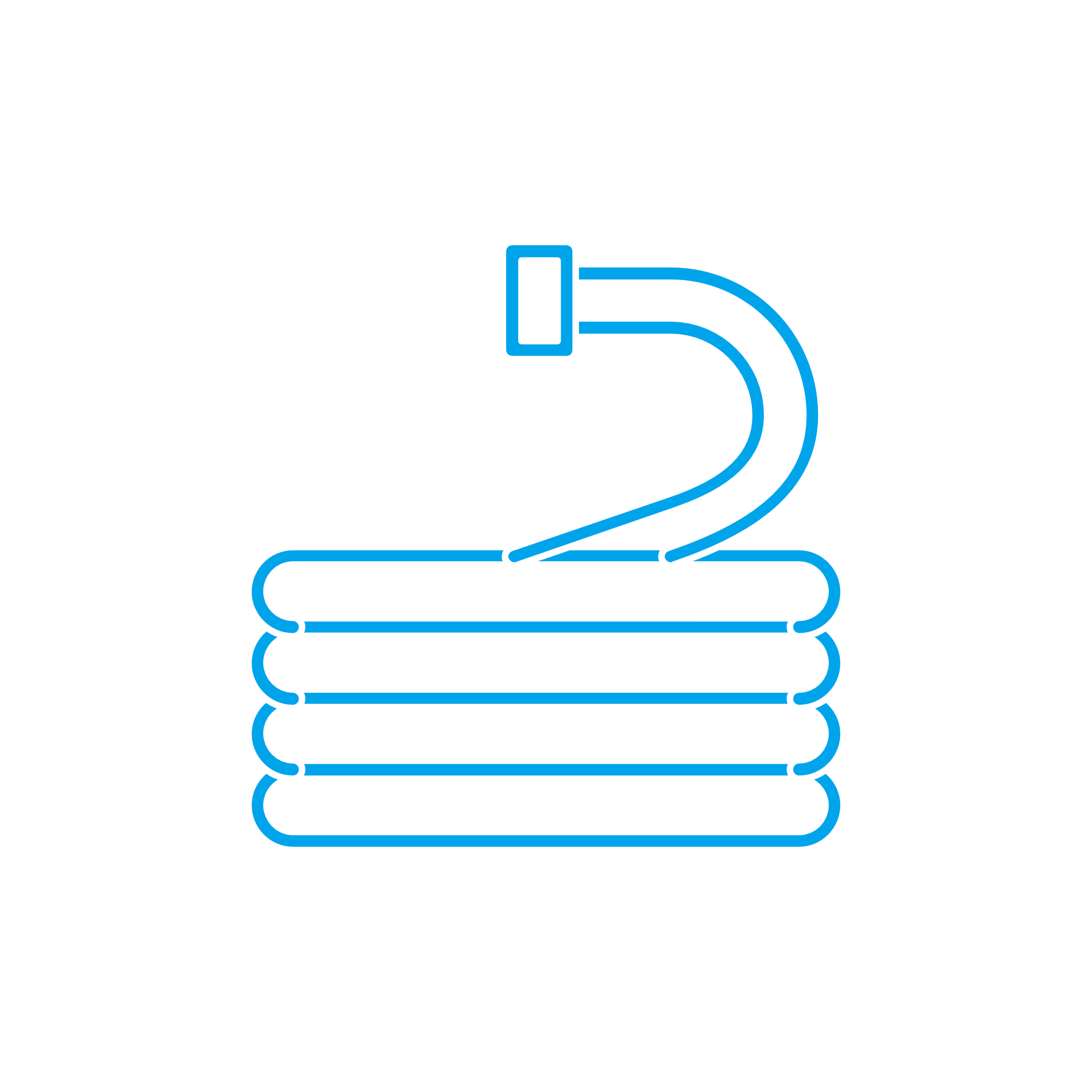HOSE BEND for Marine and Diesel Engines: Hoses that secure flow, performance, and safety
Hoses are flexible pipeline components that transport liquids and gases across an engine’s subsystems—cooling, lubrication, fuel, air, and ventilation. Within this category, a HOSE BEND is a preformed or flexible section designed to route media around tight spaces while maintaining cross‑section and flow. In marine and diesel engines, hoses prevent vibration transfer, compensate for thermal expansion, and allow compact, serviceable layouts. Without correctly specified hoses, even the best power unit risks heat stress, pressure losses, leaks, and unplanned downtime.
Technical function of hoses and HOSE BEND in engine systems
In an engine room, hoses connect rigid components that move relative to each other or experience thermal growth: pumps to coolers, turbochargers to intercoolers, filters to galleries, tanks to injectors. A HOSE BEND for a marine engine or diesel engine ensures the required bend radius is held under load, preventing kinks, collapses, and turbulence. Material selection is matched to the medium and duty cycle—EPDM for coolant, NBR/HNBR for oil and fuel, FKM or FPM liners for aggressive fuels, and silicone for high-temperature charge air. Reinforcements (polyester, aramid, steel wire) deliver pressure capability and impulse durability; outer covers resist abrasion, oil splash, salt mist, and radiant heat. Properly engineered couplings and clamps maintain sealing with pulsation and vibration. When HOSE BEND OEM parts are used, geometry, wall thickness, and stiffness are tuned to the exact routing so flow is maintained with minimal pressure drop.
Key engineering parameters include working pressure and burst safety factors, temperature range, bend radius relative to hose ID, permeability (especially for fuel), static conductivity, and flame resistance where required. In charge-air service, a HOSE BEND diesel engine connection between the turbocharger and aftercooler must endure high temperature and pressure ripple without delaminating. In coolant circuits, preformed elbows maintain flow through tight equipment envelopes, avoiding hot spots. In fuel systems, low-permeation liners and antistatic features mitigate vapor loss and ignition hazards—critical in a HOSE BEND marine engine environment.
- · Engineered bend radius prevents kinks and collapse.
- · Media-matched compounds for coolant, oil, fuel, and air.
- · Reinforcement layers handle pressure and pulsation.
- · Heat- and oil-resistant covers for harsh engine rooms.
- · Low permeation and antistatic options for fuel safety.
- · Vibration isolation protects hard lines and manifolds.
- · Corrosion-resistant couplings and clamps.
- · Precise geometry for compact, serviceable routing.
Why hoses matter for reliability and engine service life
Hoses are frontline components guarding against catastrophic failures. A softened or cracked coolant hose can trigger overheating, warped heads, or liner damage. A degraded fuel hose can allow air ingress, causing injector misfiring, pump cavitation, or loss of power. Charge‑air leaks from an aging elbow reduce boost, increasing exhaust temperature and fuel consumption. Oil hose swelling or blistering risks starvation downstream, accelerating bearing wear. Common failure modes include ozone cracking, hydrocarbon swelling, thermal hardening, reinforcement fatigue, abrasion, and clamp relaxation. Many originate from underspecified compounds, improper bend radius, or mismatched clamps. Selecting the correct HOSE BEND diesel engine component and maintaining inspection intervals—checking for soft spots, bulges, surface cracks, and weeping—extend engine life and reduce unplanned stops.
Advantages of OEM spare parts suitable for hoses and HOSE BEND
OEM spare parts suitable for hoses deliver a precise fit and validated performance profile. Geometry is engineered to the engine layout, ensuring the right elbow angle, leg length, and spigot diameter. Rubber compounds and liners match the specified media and temperature, while reinforcement architecture is tuned for the impulse loads of the specific pump, turbocharger, or cooler. This dimensional and material fidelity protects performance, reliability, budget, and service life by minimizing installation time, leakage risk, and early aging.
- · Exact fit without trimming or rework.
- · Verified compounds for fuel, oil, coolant, and charge air.
- · Tested burst, impulse, and temperature capability.
- · Stable clamping and sealing under vibration.
- · Lower risk of leaks and unplanned downtime.
- · Faster service with correct angles and leg lengths.
- · Better lifecycle cost through extended durability.
- · Documentation and traceability support compliance.
For operators, the result is consistent performance and predictable maintenance. For purchasers, the benefit is fewer returns, shorter laytime, and lower total cost of ownership. Choosing HOSE BEND OEM parts that are suitable for your engine family keeps pressure, temperature, and flow within design limits—day after day.
MOPA: your partner for OEM spare parts for hoses and HOSE BEND
MOPA is an experienced and reliable partner for OEM spare parts suitable for hoses across diesel and gas engines. We focus on speed, quality, and security in the trade of OEM parts, supporting shipowners, power plants, and industrial operators with rapid sourcing, technical clarification, and dependable logistics. Whether you need a HOSE BEND marine engine coolant elbow, a HOSE BEND OEM parts kit for charge air, or fuel hose assemblies complete with clamps, MOPA delivers matched components with clear documentation and traceability. Our team helps identify the correct specification by engine model, media, temperature, and routing, reducing risk during installation and commissioning.
Typical circuits supported by our HOSE BEND solutions
- · Charge air: turbocharger to intercooler and manifold elbows.
- · Cooling water: pump inlet/outlet, bypass, and header connections.
- · Fuel: supply, return, and vent lines with low-permeation liners.
- · Lubrication: drain and breather hoses with oil-resistant compounds.
- · Crankcase and ventilation: flexible connections with flame retardancy as required.
Conclusion
Hoses—and especially the correctly engineered HOSE BEND—are vital for safe, efficient fluid and air management in marine and diesel engines. Specifying and installing OEM spare parts suitable for hoses safeguards performance, reduces downtime, and extends service life. With MOPA as your partner, you receive fast, high-quality supply and secure handling of OEM components tailored to demanding engine environments.

